10+ Marketing Evolution Examples to Download
With hundreds of popular options for a particular product, how will you tell people that your brand delivers the best version? The answer lies in an effective marketing strategy and execution. In a changing world, old tricks aren’t as reliable. Your business would have to evolve with the evolving market.
Marketing is a complex process of making people see the intangible value of a material or service that your business offers. For the consumers to see this value, you must communicate this in the language and medium that gets a hold of their attention best. This kind of message transference requires adequate and updated knowledge about your customers and the market. This has always been the case. But the market evolution now necessitates businesses to succeed in the digital domain.
The Polymorphic Market
Effective marketing means that the company can meet its and the customers’ needs. To do so, you have to engage in a conversation with your consumers and learn about them. Marketing requires an understanding of what the clients want. It isn’t all about you. There was a time in history when it was.
Outbound marketing: Market Infancy
Self-introduction characterizes the outbound marketing approach. The company would introduce itself and what it can offer. In the past, agents would approach people and talk about a product or business. Marketing became less laborious after Gutenberg’s movable type was invented in the 1450s. The machine led to the popularity of printed ads.
By the 1730s, marketing found a new medium to reach customers: magazines. Putting together magazine pages takes time and resources. In 1839, businesses saw the potential in poster advertising. Since posters were effective, why not make them bigger and better visible in the locality? Twenty-eight years after, billboards started to rise in rural areas.
Marketing follows the crowd. When people were listening to radio stations, businesses took marketing to the air. As more people owned televisions, marketing rode this tide. Soon, TV advertising overtook radios in popularity and appeal. The years between 1950s and 1970s saw the rise of more marketing opportunities in different advertising mediums, like telemarketing.
In-between: Transitive Period
Around 1973 to 1994, the digital era took the world by storm and reshaped marketing. In the 1990s, the Internet and computing power in hand-held devices made way for diverse marketing mediums. Businesses can advertise via telephones, emails, text messages, and be found online. The latter is because, by late 1990s, search engines like Yahoo, Alta Vista, Ask.com, Google, and MSN allowed users to learn about a company and its products and services through Internet search results.
To organize search results, search engines like Google developed an algorithm that arranges the results by relevance. The algorithm determines relevance by the inter-page characteristics and the quality and strength of inbound links. Search marketing also made way for a new marketing medium: blogging. By 2006, there were already over a million blogs present on the Internet.
Experts called this period of digital remodeling the dot-com bubble. People were recklessly investing money into Internet-based business launches. The Internet was supposedly the next big thing. From those dot-com companies, we now have Google and Amazon. The rest of the startups, however, didn’t make it far and went bankrupt: The Internet bubble burst by the year 2000.
Inbound Marketing: Coming of Age
After the drastic pubescent growth spurt, marketing matured with newer, better, and cheaper ways of business-customer interaction. Hard-sell no longer sells as much. Inbound marketing gives the center stage to the customers. The methodology puts weight on customer experience and values. It’s about making a connection with the clients and leaving a positive impact.
Marketing evolution is the offspring of the availability of connectivity platforms and of the shift in consumer behavior and market trends. By 2003 to present, we have seen the rise of social media. People are on the Internet for more than half a day on average. They are spending less time in front of televisions, where businesses used to put the most effort into their ads. For companies to connect and engage with a large client pool, they also have to be online.
An Existential Crisis
Online presence is not enough, especially for a new business. It no longer suffices to just be there. If you can’t be leading the game, at least make your presence powerful to drive traffic and generate revenue. With millions of places to be in the Internet’s programmed labyrinth, the challenge for companies is to be seen among the multitude of options.
10+ Marketing Evolution Examples
There are multiple inbound marketing strategies that will help you keep up with the digital marketing evolution. The following examples will help you get started.
1. Marketing Products Evolution Example
2. Marketing Consumers Evolution Example
3. Social Media Marketing Evolution Example
4. Sample Marketing Evolution Example
5. Marketing Evolution Strategy Example
6. Simple Marketing Evolution Example
7. Sample Digital Marketing Evolution Example
8. Marketing Sales Evolution Example
9. Digital Financial Marketing Evolution Example
10. Basic Marketing Evaluation Example
11. Digital Marketing Evolution in DOC
Join The Evolution
The business marathon is in the digital playing field. Don’t get left behind in the global marketing evolution.
1. Be Visible
To benefit from the large number of people who are using the Internet, you have to also use the Internet. Going online doesn’t stop at creating your business’s website. You also have to inform your target audience that you exist. You can start by publishing content that your customers find interesting and useful, like guides. Take advantage of social media by posting and advertising your content there, too. Aside from sharing interesting content, you can also host contests or advertise deals.
2. Optimize Content
For people to find you, you have to be easy to find. People don’t normally look at page 5 of the search results. Therefore, you have to work with the algorithm of the search engine that most people are using, generally Google. Include specific semantic keywords in your content. You can use SEO utilities, like online keyword research tools and keyword planners. You also have to provide authoritative inbound links in your website. To generate traffic, aim for the first page of the search result.
3. Conduct Research
You should learn about your target market if you want to know how to get them to buy your products and services. Market research allows you to analyze the industry’s trends and consumer behavior. It doesn’t give a 100 percent accuracy in predicting the success or failure of a project, but it is better than walking blindfolded into a maze. Once you learn how your target market operates, and you understand their needs, you will have better chance at success in your business.
4. Keep An Open Ear
Keep your ears and channels open for customer feedback. Not every new thing is the next big thing. Not every trend is a profitable pursuit. You have to understand that the best way to provide what the consumers want is to listen to what they want. Especially now that social media is the rage, bad reviews can become viral. The negative experience of a few people can hurt your business big time. Therefore, you have to nurture a good relationship with your cutomers.
10+ Marketing Evolution Examples to Download

With hundreds of popular options for a particular product, how will you tell people that your brand delivers the best version? The answer lies in an effective marketing strategy and execution. In a changing world, old tricks aren’t as reliable. Your business would have to evolve with the evolving market.
Marketing is a complex process of making people see the intangible value of a material or service that your business offers. For the consumers to see this value, you must communicate this in the language and medium that gets a hold of their attention best. This kind of message transference requires adequate and updated knowledge about your customers and the market. This has always been the case. But the market evolution now necessitates businesses to succeed in the digital domain.
The Polymorphic Market
Effective marketing means that the company can meet its and the customers’ needs. To do so, you have to engage in a conversation with your consumers and learn about them. Marketing requires an understanding of what the clients want. It isn’t all about you. There was a time in history when it was.
Outbound marketing: Market Infancy
Self-introduction characterizes the outbound marketing approach. The company would introduce itself and what it can offer. In the past, agents would approach people and talk about a product or business. Marketing became less laborious after Gutenberg’s movable type was invented in the 1450s. The machine led to the popularity of printed ads.
By the 1730s, marketing found a new medium to reach customers: magazines. Putting together magazine pages takes time and resources. In 1839, businesses saw the potential in poster advertising. Since posters were effective, why not make them bigger and better visible in the locality? Twenty-eight years after, billboards started to rise in rural areas.
Marketing follows the crowd. When people were listening to radio stations, businesses took marketing to the air. As more people owned televisions, marketing rode this tide. Soon, TV advertising overtook radios in popularity and appeal. The years between 1950s and 1970s saw the rise of more marketing opportunities in different advertising mediums, like telemarketing.
In-between: Transitive Period
Around 1973 to 1994, the digital era took the world by storm and reshaped marketing. In the 1990s, the Internet and computing power in hand-held devices made way for diverse marketing mediums. Businesses can advertise via telephones, emails, text messages, and be found online. The latter is because, by late 1990s, search engines like Yahoo, Alta Vista, Ask.com, Google, and MSN allowed users to learn about a company and its products and services through Internet search results.
To organize search results, search engines like Google developed an algorithm that arranges the results by relevance. The algorithm determines relevance by the inter-page characteristics and the quality and strength of inbound links. Search marketing also made way for a new marketing medium: blogging. By 2006, there were already over a million blogs present on the Internet.
Experts called this period of digital remodeling the dot-com bubble. People were recklessly investing money into Internet-based business launches. The Internet was supposedly the next big thing. From those dot-com companies, we now have Google and Amazon. The rest of the startups, however, didn’t make it far and went bankrupt: The Internet bubble burst by the year 2000.
Inbound Marketing: Coming of Age
After the drastic pubescent growth spurt, marketing matured with newer, better, and cheaper ways of business-customer interaction. Hard-sell no longer sells as much. Inbound marketing gives the center stage to the customers. The methodology puts weight on customer experience and values. It’s about making a connection with the clients and leaving a positive impact.
Marketing evolution is the offspring of the availability of connectivity platforms and of the shift in consumer behavior and market trends. By 2003 to present, we have seen the rise of social media. People are on the Internet for more than half a day on average. They are spending less time in front of televisions, where businesses used to put the most effort into their ads. For companies to connect and engage with a large client pool, they also have to be online.
An Existential Crisis
Online presence is not enough, especially for a new business. It no longer suffices to just be there. If you can’t be leading the game, at least make your presence powerful to drive traffic and generate revenue. With millions of places to be in the Internet’s programmed labyrinth, the challenge for companies is to be seen among the multitude of options.
10+ Marketing Evolution Examples
There are multiple inbound marketing strategies that will help you keep up with the digital marketing evolution. The following examples will help you get started.
1. Marketing Products Evolution Example
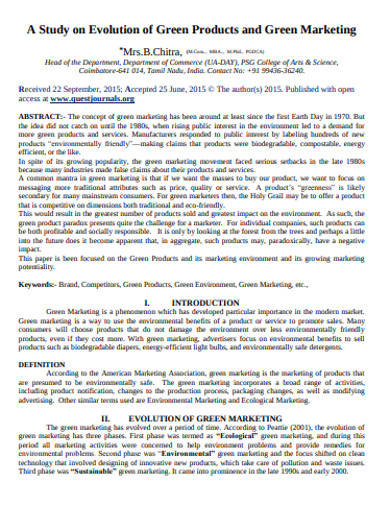
questjournals.org
Details
File Format
PDF
Size: 268 KB
2. Marketing Consumers Evolution Example
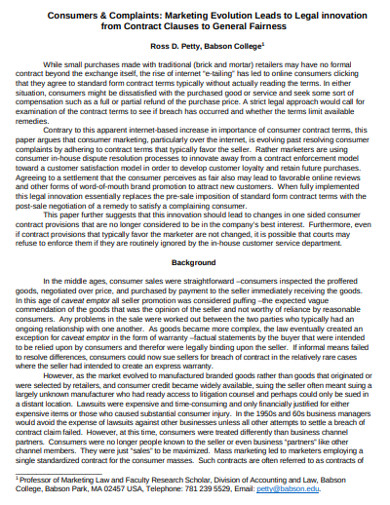
consumerinterests.org
Details
File Format
PDF
Size: 51 KB
3. Social Media Marketing Evolution Example

yadda.icm.edu.pl
Details
File Format
PDF
Size: 527 KB
4. Sample Marketing Evolution Example
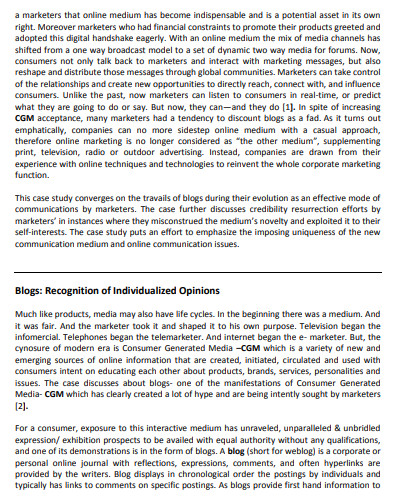
xub.edu.in
Details
File Format
PDF
Size: 793 KB
5. Marketing Evolution Strategy Example
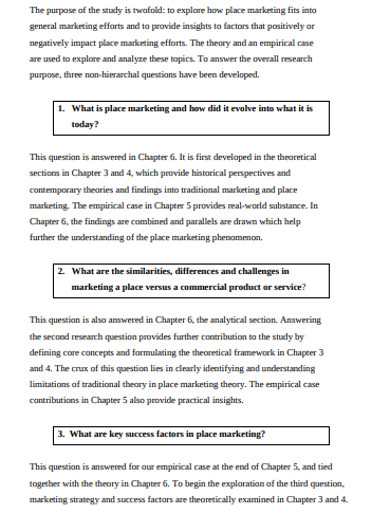
diva-portal.org
Details
File Format
PDF
Size: 2 MB
6. Simple Marketing Evolution Example
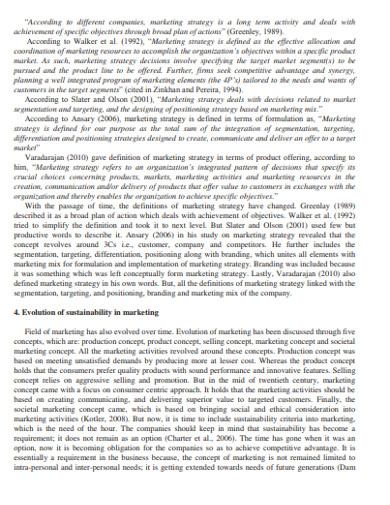
farapaper.com
Details
File Format
PDF
Size: 263 KB
7. Sample Digital Marketing Evolution Example
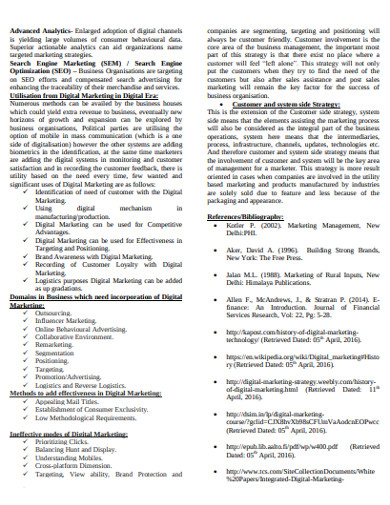
ijesc.org
Details
File Format
PDF
Size: 267 KB
8. Marketing Sales Evolution Example
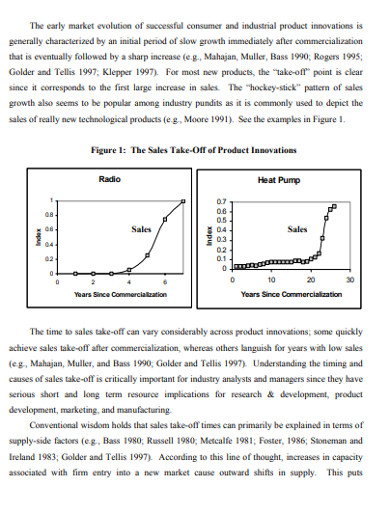
business.illinois.edu
Details
File Format
PDF
Size: 302 KB
9. Digital Financial Marketing Evolution Example
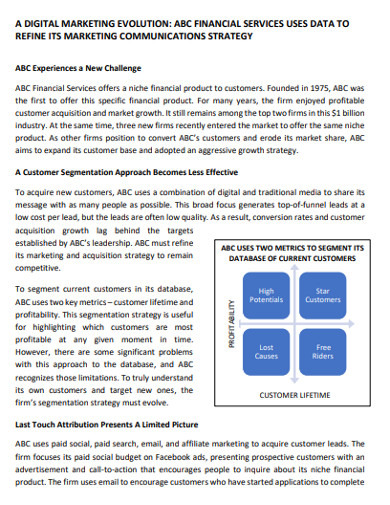
digitalmarketing.temple.edu
Details
File Format
PDF
Size: 292 KB
10. Basic Marketing Evaluation Example
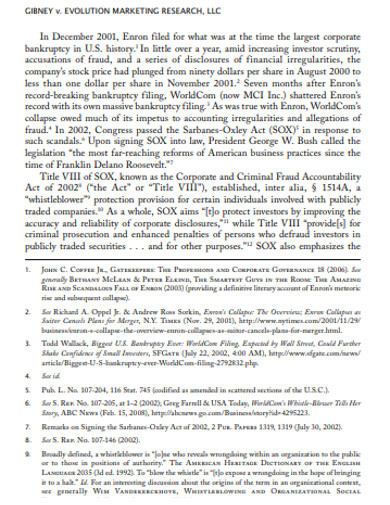
nylslawreview.com
Details
File Format
PDF
Size: 224 KB
11. Digital Marketing Evolution in DOC
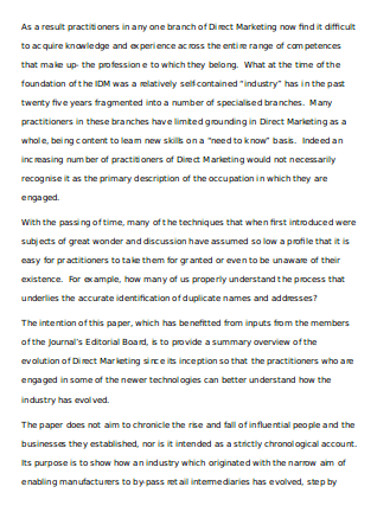
uspspostalone.com
Details
File Format
DOC
Size: 35 KB
Join The Evolution
The business marathon is in the digital playing field. Don’t get left behind in the global marketing evolution.
1. Be Visible
To benefit from the large number of people who are using the Internet, you have to also use the Internet. Going online doesn’t stop at creating your business’s website. You also have to inform your target audience that you exist. You can start by publishing content that your customers find interesting and useful, like guides. Take advantage of social media by posting and advertising your content there, too. Aside from sharing interesting content, you can also host contests or advertise deals.
2. Optimize Content
For people to find you, you have to be easy to find. People don’t normally look at page 5 of the search results. Therefore, you have to work with the algorithm of the search engine that most people are using, generally Google. Include specific semantic keywords in your content. You can use SEO utilities, like online keyword research tools and keyword planners. You also have to provide authoritative inbound links in your website. To generate traffic, aim for the first page of the search result.
3. Conduct Research
You should learn about your target market if you want to know how to get them to buy your products and services. Market research allows you to analyze the industry’s trends and consumer behavior. It doesn’t give a 100 percent accuracy in predicting the success or failure of a project, but it is better than walking blindfolded into a maze. Once you learn how your target market operates, and you understand their needs, you will have better chance at success in your business.
4. Keep An Open Ear
Keep your ears and channels open for customer feedback. Not every new thing is the next big thing. Not every trend is a profitable pursuit. You have to understand that the best way to provide what the consumers want is to listen to what they want. Especially now that social media is the rage, bad reviews can become viral. The negative experience of a few people can hurt your business big time. Therefore, you have to nurture a good relationship with your cutomers.

